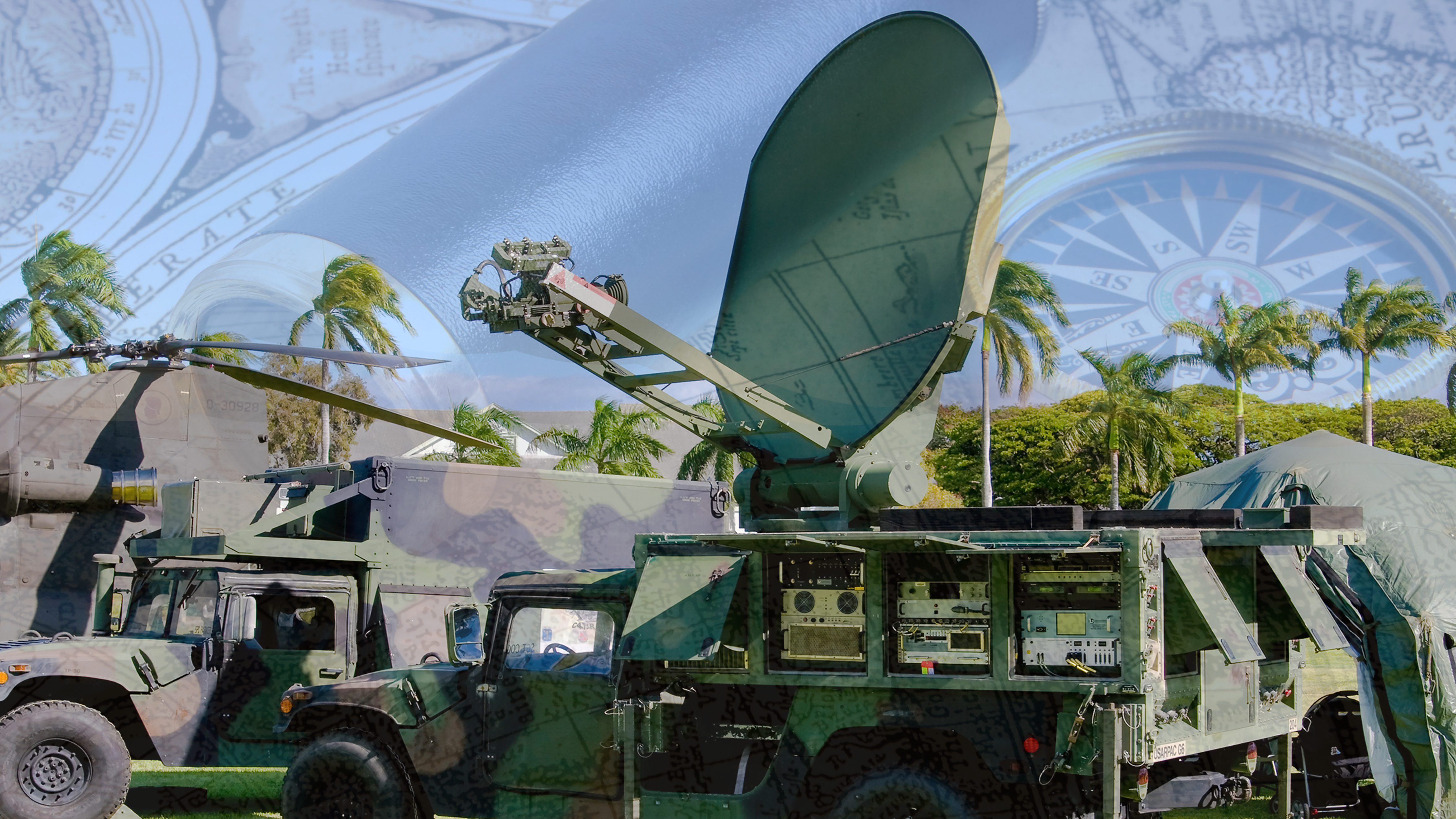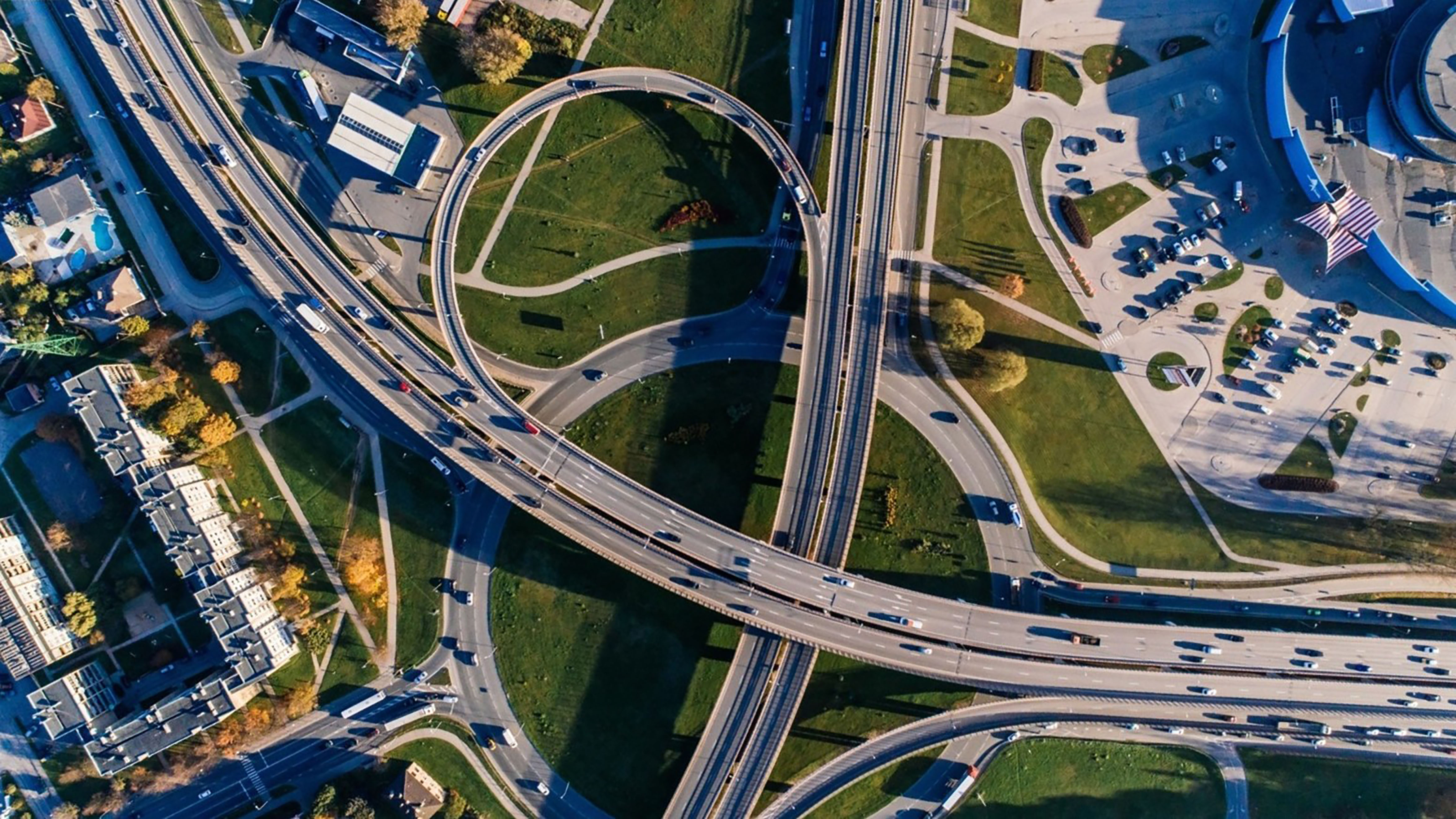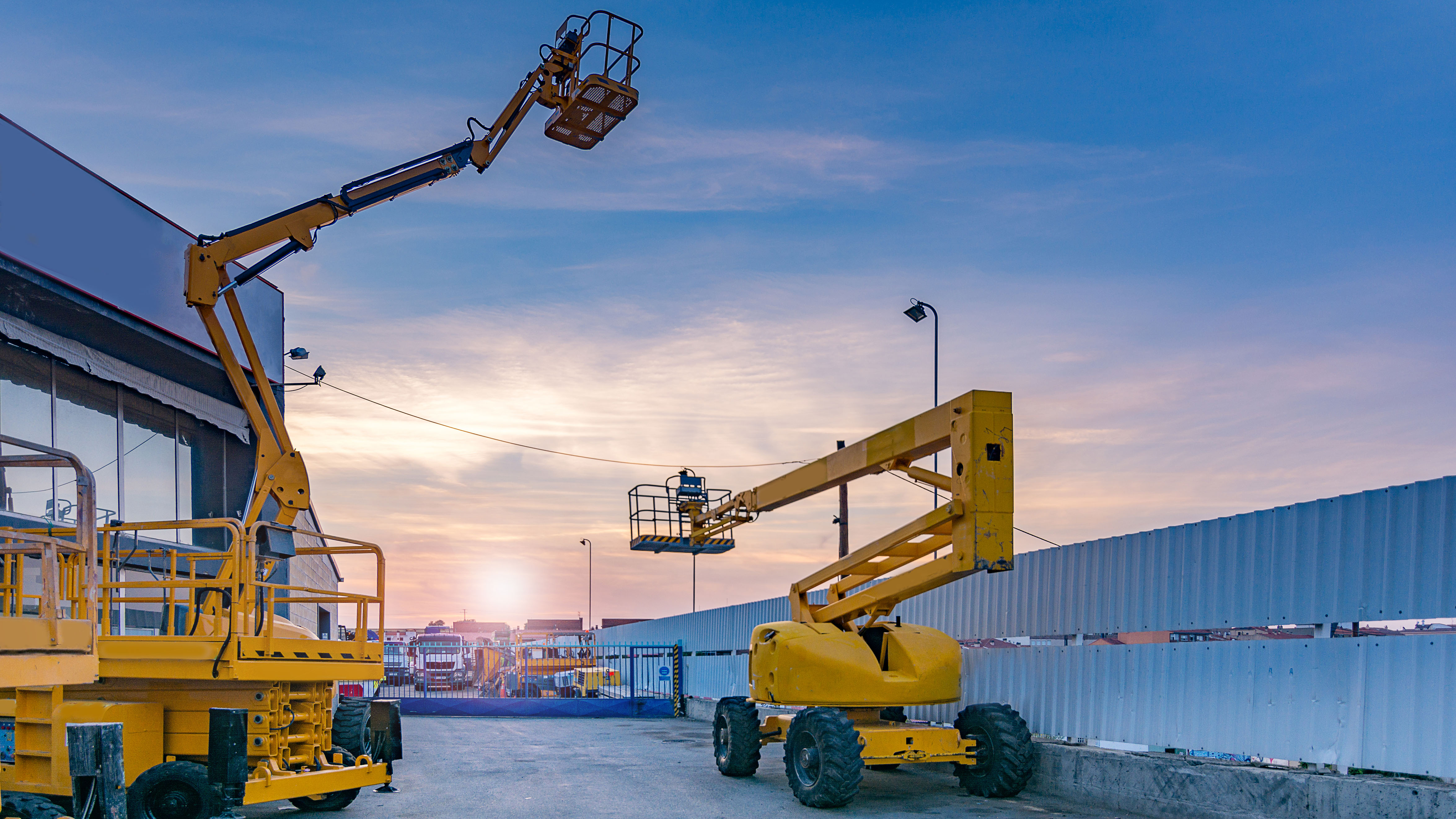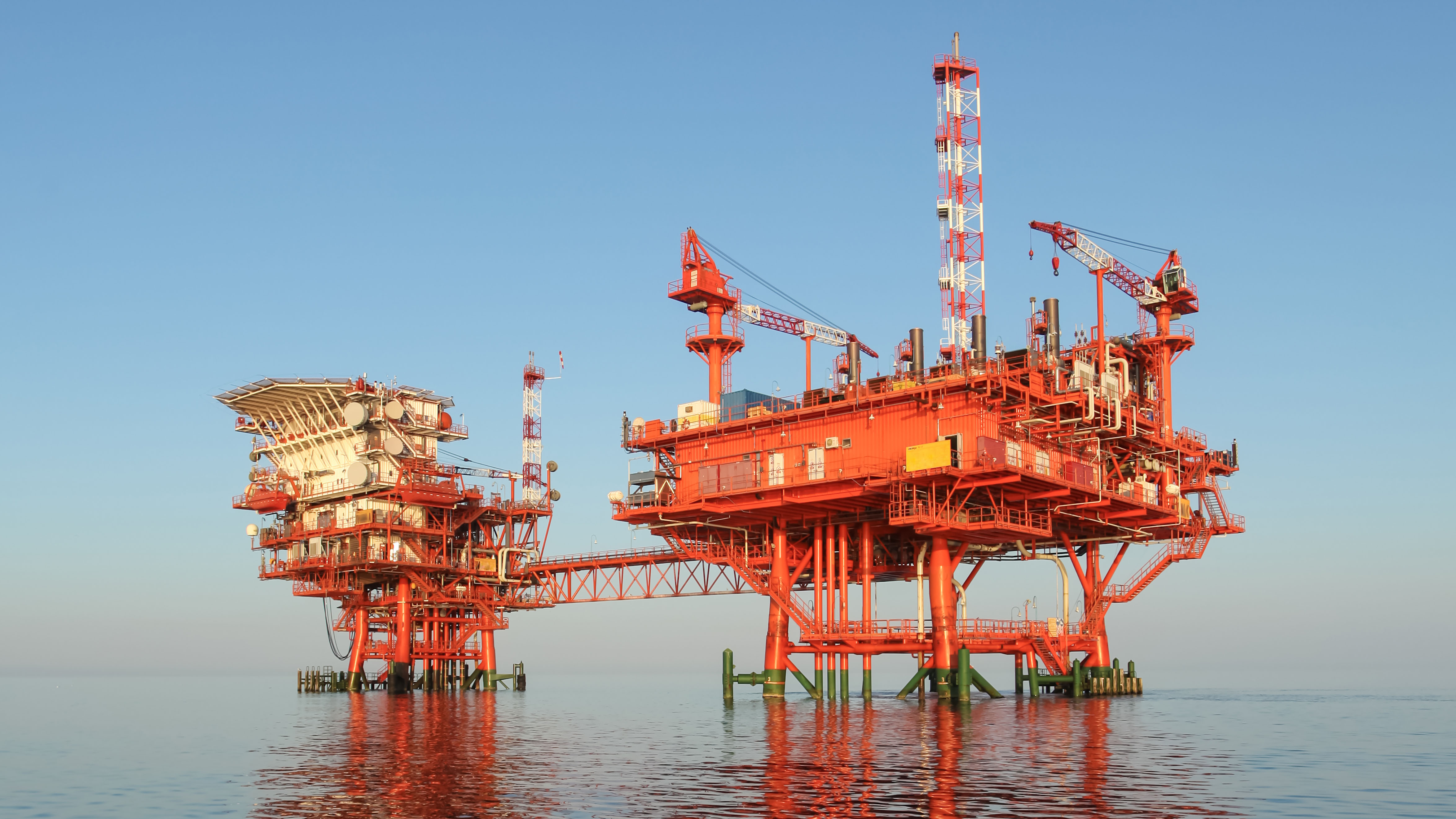Aiding with Optics
The main limitation for many microelectromechanical (MEMS) based inertial measurement units (IMUs) is the realization that drift will always be a factor when left uncompensated for. In today's market many solutions have been developed using GNSS data, magnetics, or optical sensors.
Optical data, when fused with an IMU, is useful for both dynamic and static applications depending on the level of computer vision implemented into the system. By using the IMU as a reference for orientation, optical data can be used to mitigate drift of the gyroscopes.
Inertial Labs has been continuously developing next generation systems that can use a combination of day and night operation cameras to stabilize heading.





